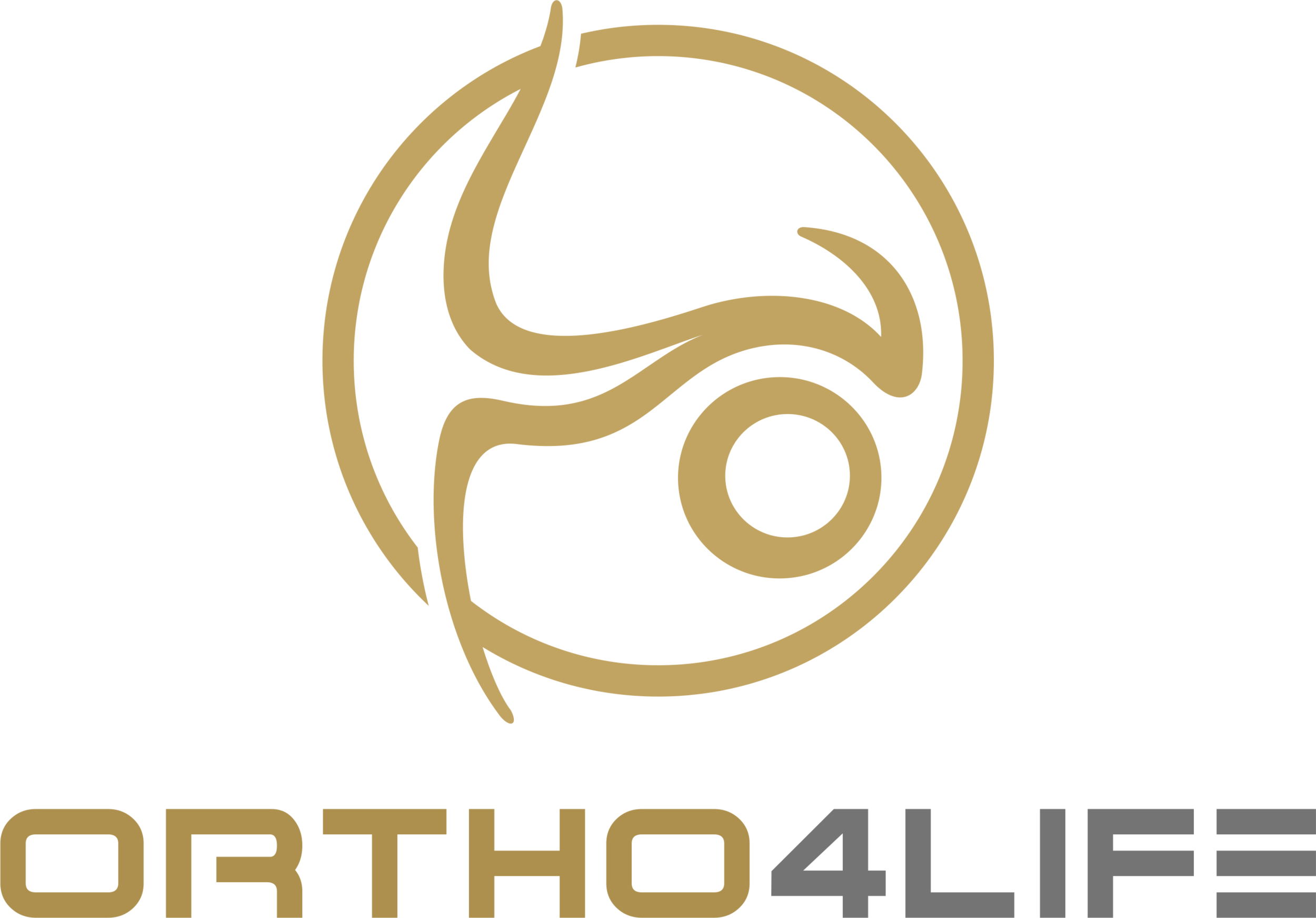Knee joint
In a conversation with Dr. med. Matthias Schmied , you will find out which treatment options are available for injuries, complaints and diseases of the knee joint.
For a promising therapy of knee pain, a precise diagnosis is crucial.
Did the knee pain occur after an accident or fall? Is the pain acute or chronic?
The location of the knee pain (inside, outside, behind or in front of the knee) also gives an important indication of the possible causes:
Meniscus damage, cruciate ligament tear, patellar instability, cartilage damage or knee osteoarthritis.
Make a convenient online appointment with Matthias, MD Schmied.
Dr. med. Matthias Schmied (Specialist FMH for Orthopaedic Surgery)
Our knee treatments
Chronic and accidental knee instability
Meniscus tear, cruciate ligament tear, patellar dislocation
Arthroscopic knee surgery (partial meniscus removal, meniscus suture, cartilage surgery)
ACP pain therapy for knee osteoarthritis
Knee arthrosis and knee prosthetics (total prostheses, sledge prostheses, kneecap prostheses)
Painful knee prosthesis (revision and replacement operations)
A precise diagnosis is crucial for a promising therapy of knee pain. Did the knee pain occur after an accident or fall? Is the pain acute or chronic? The location of the knee pain (inside, outside, behind or in front of the knee) also gives an important indication of the possible causes: Meniscus damage, cruciate ligament tear, patellar instability, cartilage damage or knee osteoarthritis.
Autologous blood therapy (ACP, Autologous Conditioned Plasma) is an alternative to conventional therapies for the treatment of osteoarthritis or for sports accidents and injuries to muscles, tendons and ligaments. Dr. med. Matthias Schmied uses the autologous blood therapy especially for damages in the area of tendons and joints.
Typically, meniscus damage occurs when the knee joint is twisted, in a sports accident or often due to degenerative previous damage and incorrect loading of the knee joint. Patients experience an immediate, sharp shooting and stabbing pain, often in combination with joint locking. The meniscus tear of the knee is one of the most common knee injuries of all. Young athletes and older patients are affected.
The cruciate ligament rupture (cruciate ligament rupture) typically occurs during a strong rotational movement of the knee joint. Injury to the anterior cruciate ligament is one of the most common sports injuries. If left untreated, the injury to the cruciate ligament can lead to instability of the knee joint and thus unintentionally accelerate joint wear (cartilage damage and knee osteoarthritis).
In the case of a dislocation of the patella (luxation), the patella jumps out of its natural gliding path during a rotational movement of the knee. The injury to the kneecap often leads to damage to the ligaments, cartilage and bones. In most cases, the kneecap springs back into the glide path on its own when the knee is extended. If left untreated, the injury to the kneecap can promote instability of the knee joint and joint wear (cartilage damage and knee osteoarthritis).
Knee osteoarthritis (gonarthrosis) is a wear and tear disease in the knee joint, the largest joint in the human body, which can cause severe pain. The causes of knee osteoarthritis are varied. In the more common constitutional osteoarthritis, the cartilage in the knee joint is subjected to more stress than its stability allows. With conservative therapies, the cartilage damage and the final joint arthrosis can at least be slowed down.
Osteoarthritis in the knee joint cannot be cured in principle. Conservative therapies (gymnastics, muscle building) can slow down knee joint wear and stabilise pain. In order to improve the limited mobility, the insertion of an artificial knee joint is promising in the case of advanced joint disease. The knee prosthesis replaces the damaged and worn sliding and surface parts of the natural knee joint.
Revision surgery on the knee (knee arthroplasty) is necessary as a follow-up intervention if loosening of prosthesis parts, wear of the sliding plastic or infections of the knee prosthesis occur. A distinction is made between aseptic loosening (without an infectious cause) and septic loosening, which is caused by a bacterial infection.


















